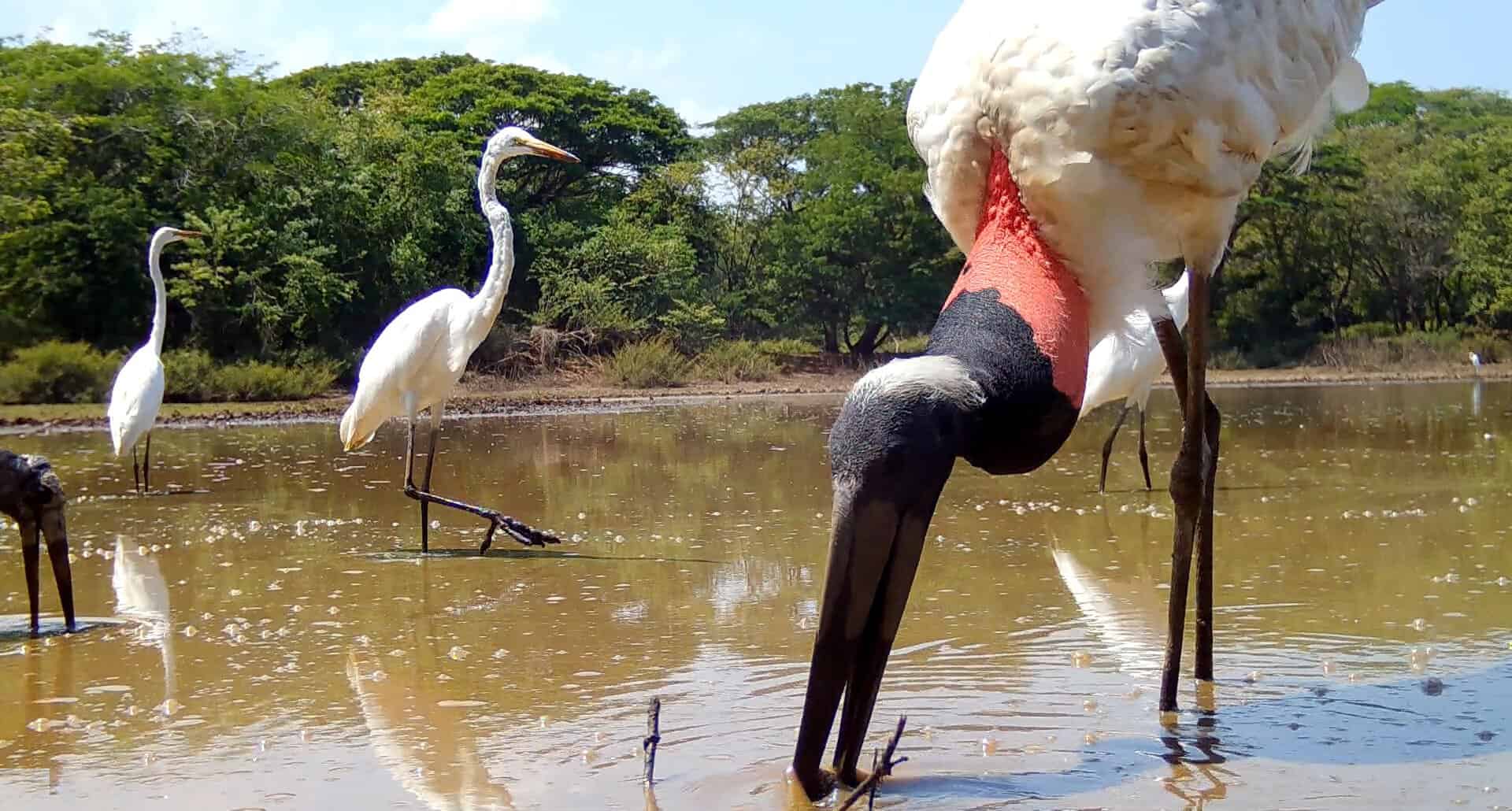Today, as I sit in Guanacaste listening to the pitter-patter of raindrops on the roof of my sweaty little office, I find myself pining for dry season. Costa Rica is famous for its varied microclimates. One can travel to different elevations in the span of less than a day, arriving to a completely different weather pattern. On the Pacific coast where my family and I make our lives there are two distinct seasons, extremely wet and extremely dry.
The extremely wet season is normally September and October. The extremely dry season runs from January to May. The months in-between are transitional. This year’s wet season wasn’t as intense as others we’ve lived through. There were storms here and there and the majority of the days were overcast, but overall it was nothing to get worked up over. That being said, by the beginning of November the thought of sunny, dry days starts to be pretty appealing, especially with the unusually high amount of rain we have received in the last week or so.
Eventually, I’ll get my wish, and the rains will begin to subside. The sun will shine in the cloudless sky, making the well-watered, bright green vegetation glow. As the months of rainless weather progress, the once verdant foliage will begin to wither, and the landscape will slowly dry out. Right around this time, in March and April, I will have completely reversed my weather-related longings, and I’ll be dreaming of rainclouds.
Just as the dryness of dry season begins to be too much for this fussy human, it starts becoming absolutely ideal for the waterfowl that I share this environment with. The flowing streams have long since come to a stop. The only water in the area is confined to over-sized mudpuddles which has the effect of concentrating everything that water birds love to eat into tiny areas. This signals the beginning of the puddle frenzies.
The frenzy begins with wood storks. They come in large flocks while the puddles are still fairly deep. Their long legs allow them access to deeper water. The move, often in unison, sweeping their long, open bills back and forth, snapping them shut as soon as they come into contact with a living thing.
After a large flock of wood storks works over a puddle, it’s hard to believe that there’s anything left alive in the water, but, with time, the puddle shrinks under the sun’s rays and other birds come to snack on the hidden contents. During the day, the puddles are alive with jabirus, white ibises, and a variety of herons. The hierarchy of who gets the best seat at the table is roughly dependent on size, with the larger, more aggressive birds claiming the most fruitful areas. At night, the night-herons and boat-billed herons takeover.
As you might imagine, these dry season puddles are absolutely incredible places to put a camera trap. During the height of activity at one of these puddles a single camera can record hundreds of videos in just a few days, each one showing the variety of waterfowl in Costa Rica, the interactions between predator and prey, as well as the interactions between the different species of birds as they jockey for a meal. I’ve selected a few of my favorite puddle frenzy clips and put them in the video below.
About the Author
Vincent Losasso, founder of Guanacaste Wildlife Monitoring, is a biologist who works with camera traps throughout Costa Rica. Learn more about his projects on facebook or instagram. You can also email him at: vincent@guanacastewildlifemonitoring.com






